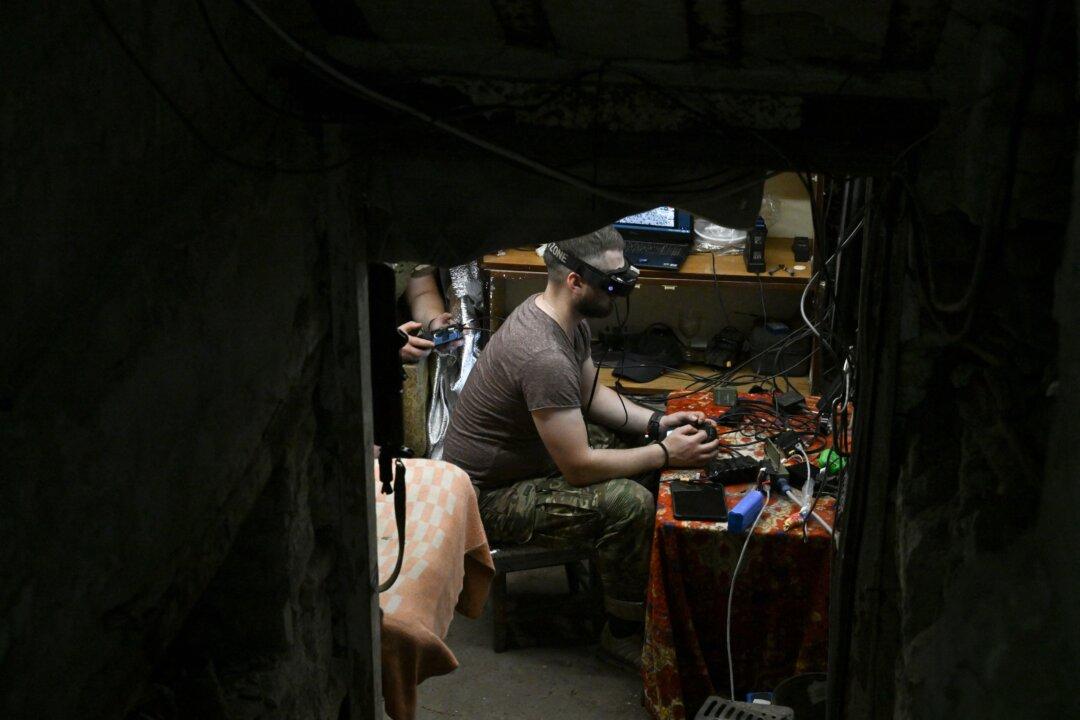Commentary
If you have been following the Russia–Ukraine war, you undoubtedly have been hearing about and seeing videos and photos of Russia’s ugly new wartime innovation—the “turtle tank.” The turtle tank is not a brand new tank; rather, it is a modification of existing Russian tanks consisting of steel plating being mounted on tanks such as the T-60, T-72, and T-80 variants. Along with the makeshift armor, many of the turtle tanks are also outfitted with anti-drone electronic warfare equipment, as well as sporting mine-clearing rollers.





